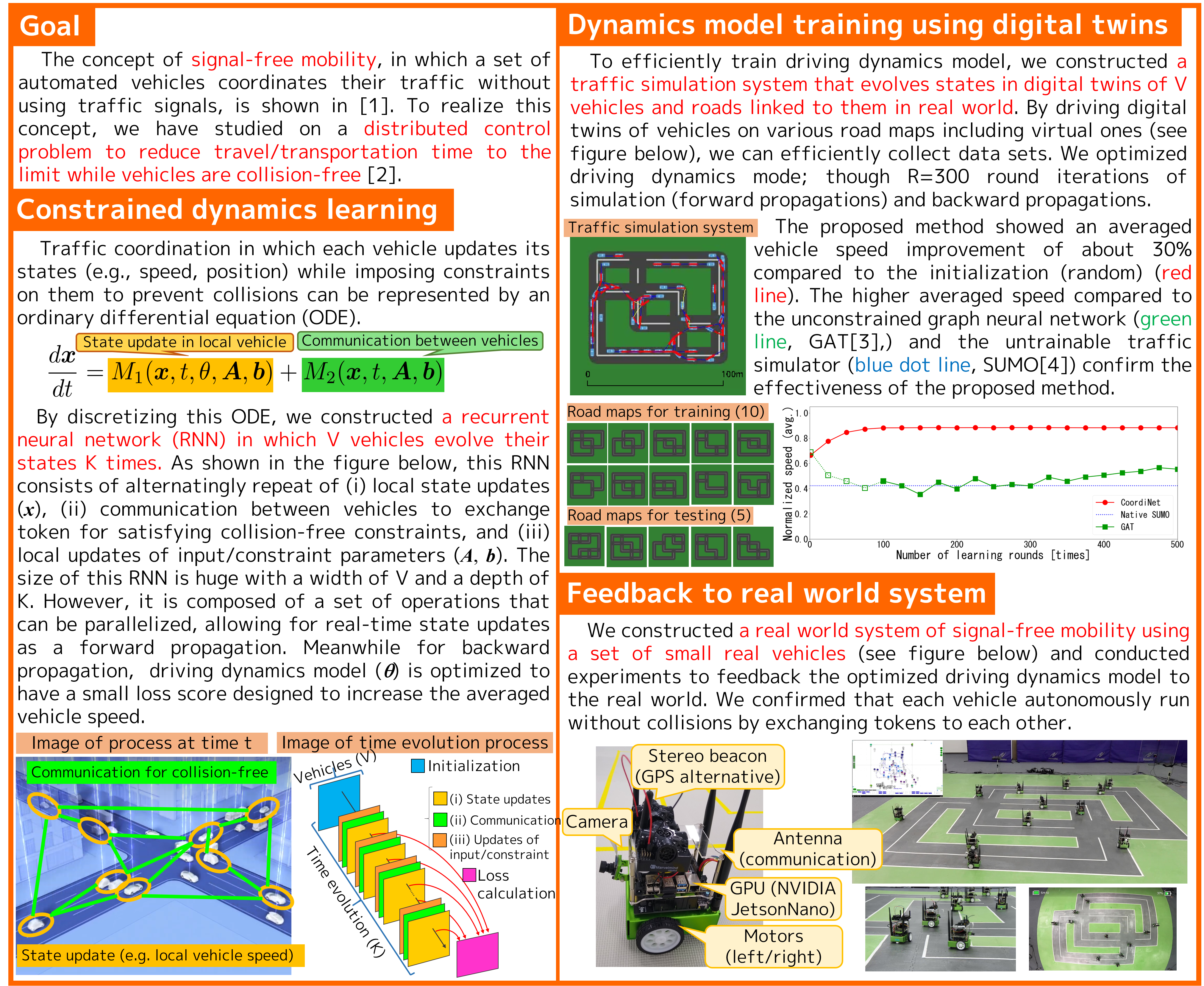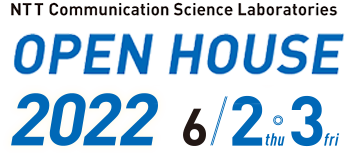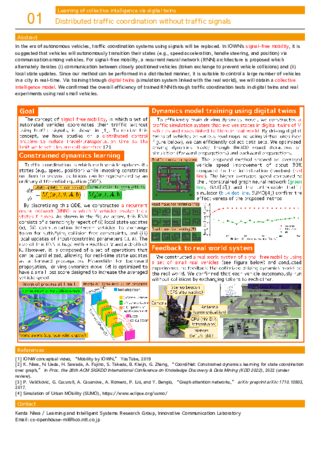| 01 |
Distributed traffic coordination without traffic signalsLearning of collective intelligence via digital twins 
|
|---|
In the era of autonomous vehicles, traffic coordination systems using signals will be replaced. In IOWN's signal-free mobility, it is suggested that vehicles will autonomously transition their states (e.g., speed acceleration, handle steering, and position) via communication among vehicles. For signal-free mobility, a recurrent neural network (RNN) architecture is proposed which alternately iterates (i) communication between closely positioned vehicles (token exchange to prevent vehicle collisions) and (ii) local state updates. Since our method can be performed in a distributed manner, it is suitable to control a large number of vehicles in a city in real-time. Via training through digital twins (simulation system linked with the real world), we will obtain a collective intelligence model. We confirmed the overall efficiency of trained RNN through traffic coordination tests in digital twins and real experiments using real small vehicles.

[1] IOWN conceptual video, “Mobility by IOWN,” YouTube, 2019
[2] K. Niwa, N. Ueda, H. Sawada, A. Fujino, S. Takeda, B. Kleijn, G. Zhang, “CoordiNet: Constrained dynamics learning for state coordination over graph,” in Proc. the 26th ACM SIGKDD International Conference on Knowledge Discovery & Data Mining (KDD 2022), 2022 (under review).
[3] P. Veličković, G. Cucurull, A. Casanova, A. Romero, P. Lio, and Y. Bengio, “Graph attention networks,” arXiv preprint arXiv:1710.10903, 2017.
[4] Simulation of Urban MObility (SUMO), https://www.eclipse.org/sumo/
Kenta Niwa / Learning and Intelligent Systems Research Group, Innovative Communication Laboratory
Email: cs-openhouse-ml@hco.ntt.co.jp



